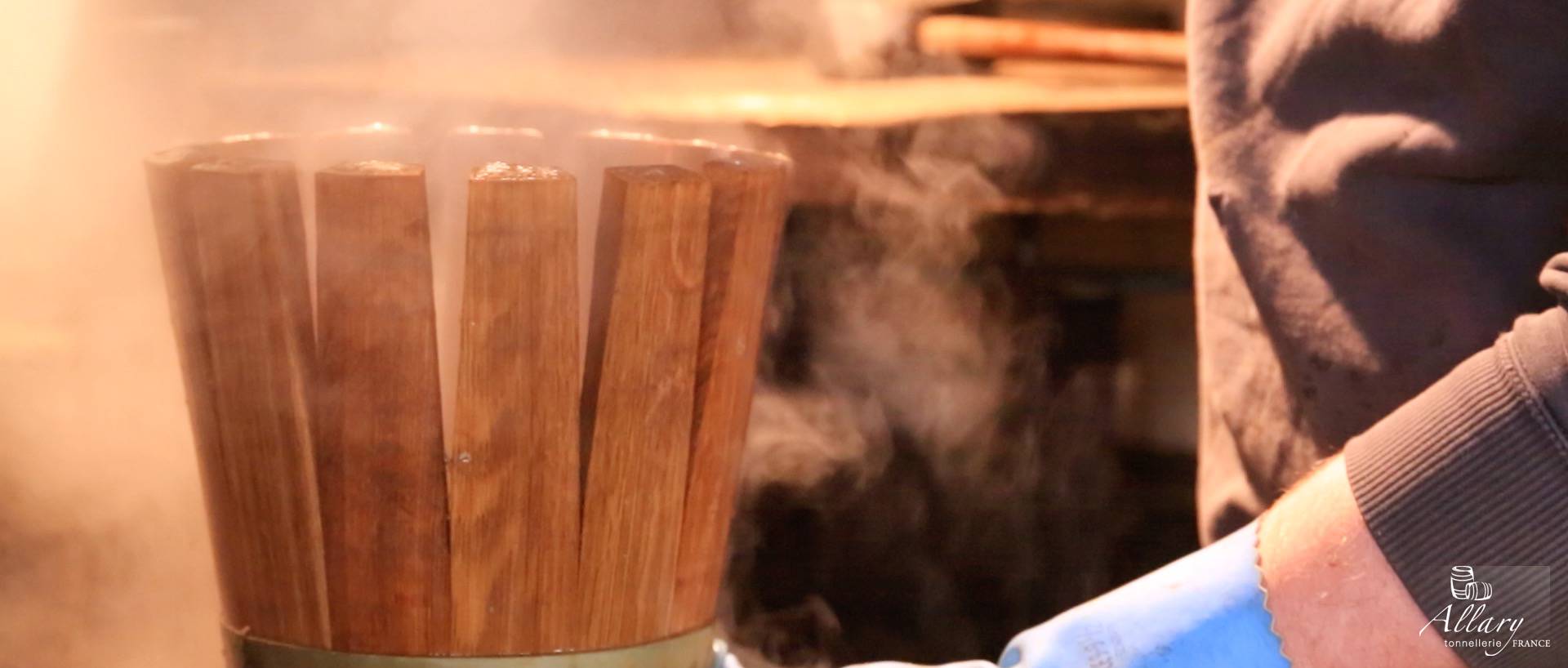
Originally, the most beautiful oaks were found in the royal forests. These were cultivated and selected because long, straight pieces were needed to make the masts of ships . Over time, demand from shipowners decreased, but French forestry know-how has endured. Today, other activities, including cooperage , benefit from this excellence and manufacture high-quality barrels.
For an oak to grow tall and straight, it must be given competition. The young tree is then surrounded by small bushes, in order to give it the opportunity to shoot up, without making branches. This is a very important point, because the branches produce knots. These are undesirable from the point of view of woodworking and its waterproofing.
When the oak has taken over the competition and reaches about fifteen meters, the trees are thinned out around it. The operation is repeated every 10 years, so that only the most beautiful trees remain in place. In general, they spend the first 100 years of their life gaining height. They then work on developing their girth.
200 years of work for a barrel
A French oak needs an average of 200 years of growth to reach the required size and qualities. American oak is felled more quickly, since 120 to 150 years are enough.
When a plot is ready to be harvested, the National Forestry Office puts it up for auction, and a stave mill becomes the buyer.
The trees are then cut into sections, called logs or balls. They are then cut into quarters, and finally into staves (trivially: into boards or slats). In the end, to make these staves, only 5 to 30% of the tree is kept, depending on the species. The rest will be used for other industries. On average, 8 to 10 complete barrels are cut from a trunk.
At this stage, the wood contains about 70% moisture. It is at the stave mill, in a lumber yard, that it is given a drying and maturation time of 2 or 3 years. The oak is then exposed to the elements. Rain, wind, humidity and dryness ultimately allow it to get rid of the bitterness of the tannins and its undesirable compounds. Its astringent effect is then reduced, and a phase of development of the aromatic elements begins, thanks to the degradation of certain chemical substances.
After this drying and stabilization period, an ideal humidity level of 15% is obtained, which allows it to be worked without breakage. Good drying is also essential for the future qualities of the barrel. It later promotes the exchange of oxygen in the barrel, thanks in part to colonies of fungi (mycelia) which allow it to "breathe".
The main varieties of oak
Before talking about making a barrel, here are the three main types of oak used in spirits.
American Oak
In the world of rum, the old bourbon barrel is king. The reason for this is simple: the specifications of bourbon, or American whiskey, require the use of new barrels only. After using their barrels, American distilleries are therefore at the origin of a huge market for used barrels.
American oak (quercus alba) has a fine grain despite its rapid growth. It is not very tannic, aromatic and solid. It can therefore be sawn, and not necessarily split, as is the case for French oaks. This is a practical aspect for stave mills, but not only. Sawing it allows in particular to release the precursors of "whisky lactones", which give very typical notes of coconut when aging a spirit.
It is found primarily in the forests of Kentucky and Missouri, but also in Iowa and Ohio.
French oak
In France, for the production of cognac , we mainly find barrels from the forests of Tronçais (Allier) and Limousin.
Pedunculate oak (quercus robur) is known for its coarse grain and powerful tannins. It must be handled with care, as it quickly brings dry, spicy and woody, even astringent, notes. It is preferred red, that is to say when it has already received several rotations of brandy.
Sessile oak (quercus petraea) is more aromatic, and its slow growth gives it a fine grain. It is therefore less tannic and allows good micro-oxygenation of the distillate. It therefore promotes esterification (the development of the complexity of aromas). On the other hand, it causes more evaporation (angels' share).
Contrary to what one might instinctively believe, fine-grained wood is more porous than coarser-grained wood. This parameter is very important with regard to all oxidative phenomena, which define the aromatic profile of a spirit.
Among these specimens of French oaks, we sometimes find a "pink oak". It is a bit like the Holy Grail of the cooper, since it is full of norizoprenoid, a powerful aroma enhancer.
French oak , new or more often having contained cognac or wine, is increasingly also used in rum. It is generally more expensive, but it is recognized for its great qualities for aging. This wood is richer and more intense than American oak. It therefore ages more quickly.
The bourbon barrel is therefore better suited to lighter distillates, over which it takes less precedence. Conversely, French oak is more likely to match a heavier, full-bodied distillate.
The science of aging
Research in the field of wood and aging has progressed enormously over the last 20 years. We have become interested in the chemistry of oak, its reactions with distillates, the specificities of each species and the treatment that can be given to them. We are gradually realizing, in the field of used barrels for example, that wood counts for much more than the alcohol that it may have previously contained.
You can reread our article on the art of aging rums , to find out everything that happens inside a barrel.
We also know that the same tree can have parts that are much more loaded with tannins than others. Bourbon distilleries highlight these subtleties. They sometimes age with oak barrels from a single forest, a single plot, and even a single tree. We can thus compare bourbons aged in barrels taken from different parts of the same tree.
Cutting-edge distilleries
In Martinique, Neisson and JM have recently had some great experiences with their aging. The small Carbet distillery has started a series of rums aged in wood, with new barrels specially developed for it. We were able to taste profile 105 and profile 107 , with two types of wood toasting delivering precise aromas decided in advance by the cellar master. The goal for Neisson is to master its aging to perfection, with custom-made barrels that have only contained its own rum.
At Macouba, at JM , we also worked on wood species, heating and blends, to obtain rums with exacerbated characteristics. This is how the rums Jardin Fruité, Épices Créoles and Fumée Volcanique were born.
In Haiti, the small distillery in Port-au-Prince distills Providence rum. It follows the same path as Neisson, with barrels that will only be “ex-Providence”. Maison Isautier, in Reunion Island, has been pursuing a similar project for several years. It plans to produce truly great old rums tailored to size using “homemade” barrels.
Generally speaking, the expansion of knowledge leads to an increasingly frequent, and above all more prolonged, use of new barrels.
The making of the barrel
Let's get back to the manufacture of our barrels, still in the stave mill. When the staves have been cut from the oak quarters, we proceed to the shortening. This consists of calibrating the wood according to the size of the future barrel. The 220-litre bourbon barrel naturally has shorter staves (the slats of the barrel) than a 500-litre sherry butt.
Next comes the dolage, which gives the barrel shape to the stave. This then becomes a "stave". This stave is hollowed out to form a round shape during the hollowing out operation.
With the jointing, the width of the ends is narrowed, depending on the shape of the barrel. The larger and more rounded the barrel, the more substantial the jointing.
The assembly itself begins with the rose setting. The staves are then placed side by side in a metal circle. It takes an average of 20 to 30 staves to build a barrel. When the staves are assembled on the first circle, 1 or 2 other working circles are then placed to hold the top of the barrel.
The bending operation can then begin. This involves bending the staves at the bottom of the barrel to bring them together and tighten them using a cable. An initial heating is then used, possibly after a light watering, to soften the wood so that it does not give way during the operation. When the staves are tightened in the same way as on the top of the barrel, hoops are also placed to hold the assembly together.
Heating, a determining factor in aging
It is then time to move on to the second heating, which is an aromatic heating (bousinage). The barrel (which does not yet have a bottom) is placed on a brazier, so that the flame burns the inside. The wood is then toasted, grilled to a depth of about 2 or 3 millimeters. It thus deploys aromatic elements, thanks to the caramelization of the sugars it contains, among other phenomena.
This carbonized layer also acts as a filter. It absorbs the most aggressive alcohols or sulfur compounds resulting from fermentation.
Toast profiles are unique to each cooperage. But here is what we can generally observe in the bourbon field. There are 4 types of toasts that can be performed, determined by the flame contact time. Type 1 corresponds to 20 seconds, type 2 to 25-30 seconds, type 3 to 35-40 seconds, and type 4 ( alligator toast ), from 40 seconds to one minute.
In French cooperages, the flame never comes into direct contact. Thus the roasting stage lasts between 45 minutes and 65-70 minutes, with more or less intense fires.
Light heating: 45min
Average heating: 55 min
Medium long heating: 70 min
Medium heat+ : 60 min
High heat: 65 min
The longer the toasting, the thicker the carbonized layer, and the more the surface of the barrel is cracked. This promotes exchanges between the wood and the distillate. The latter will draw deeper into the fibers of the oak when it expands with the ambient heat.
Modernity is everywhere
The research also applies to this field, which has recently seen the arrival of more modern practices. Sometimes, it is possible to do without a flame, by carrying out precise and progressive cooking in a box. Similarly, before assembling a barrel, high-tech devices can be used to analyze the wood. The staves are then selected according to the aromatic profile that is sought.
After the heating comes the time to install the bottoms. We remove the work hoops to spread the staves again, in order to introduce the bottom of the barrel into a groove designed for this purpose. We then apply a paste made of flour and water for sealing, and finally we make the final hooping. A little sanding, and our barrel is finally ready!
Small barrels from the Allary cooperage
At Rhum Attitude, we have chosen to offer you small barrels to try the experience of aging at home. For this, we work with the excellent Allary cognac cooperage.
Founded in 1953 by Roger Allary, then taken over by his son Jacky in 1992, it has managed to remain family-run and artisanal. It thus perpetuates a unique French know-how. It supplies major cognac houses, but also many other distilleries around the world. Jacky Allary travels to the stave mills himself. He selects the best woods in order to maintain the exceptional quality of his production.
We offer French oak barrels ranging from 1 to 20 liters, with accessories such as a wooden tap (free) or stainless steel. You can personalize your barrel with the engraving of a word or a logo, and have it waxed and varnished if you do not want to do a real aging, but rather a prolonged storage.
Find all the offers and how to carry out your own aging by following this link, and do not hesitate to contact us if you need advice or more information!
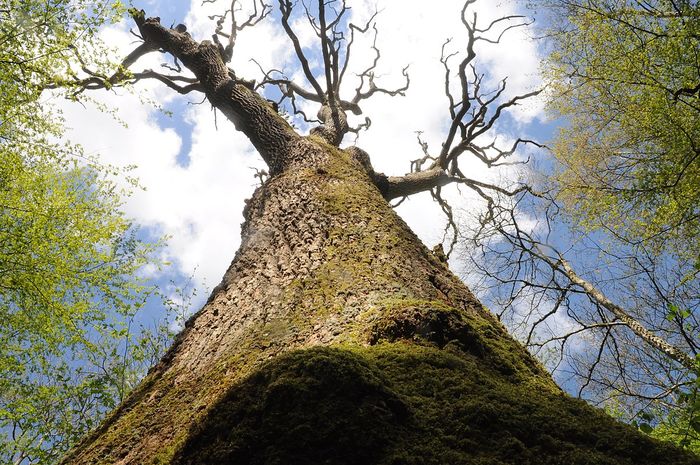
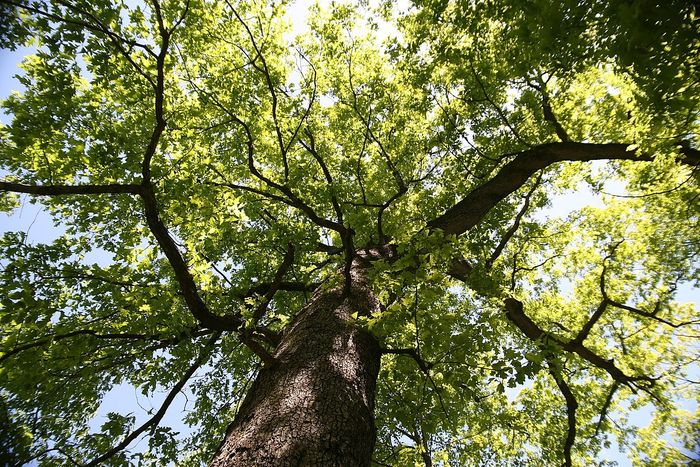
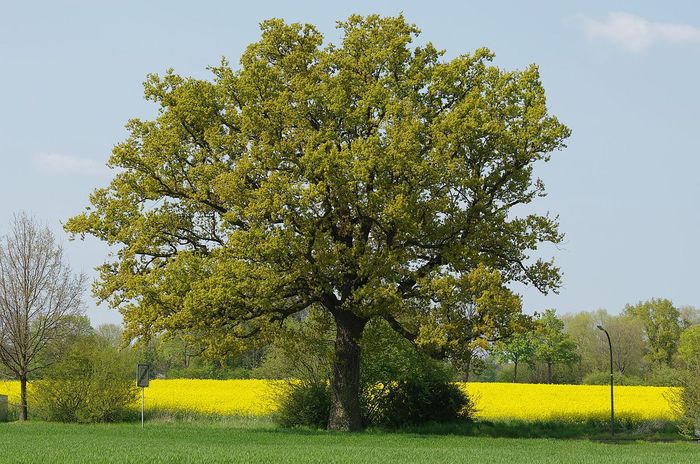
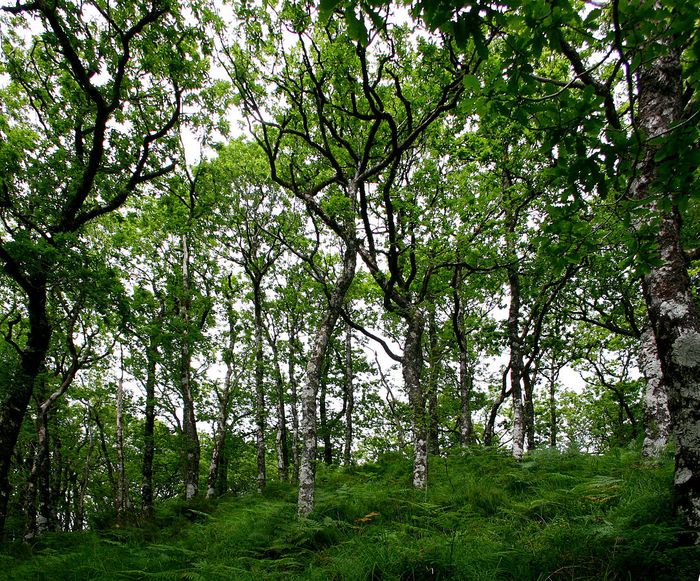
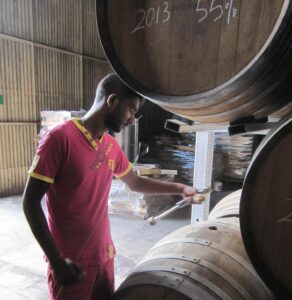
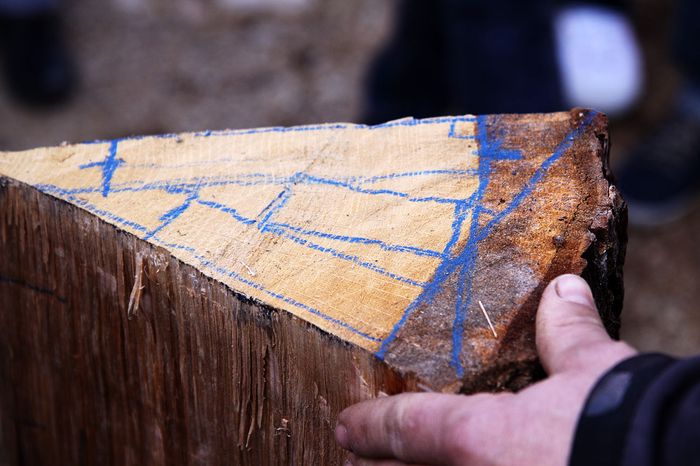
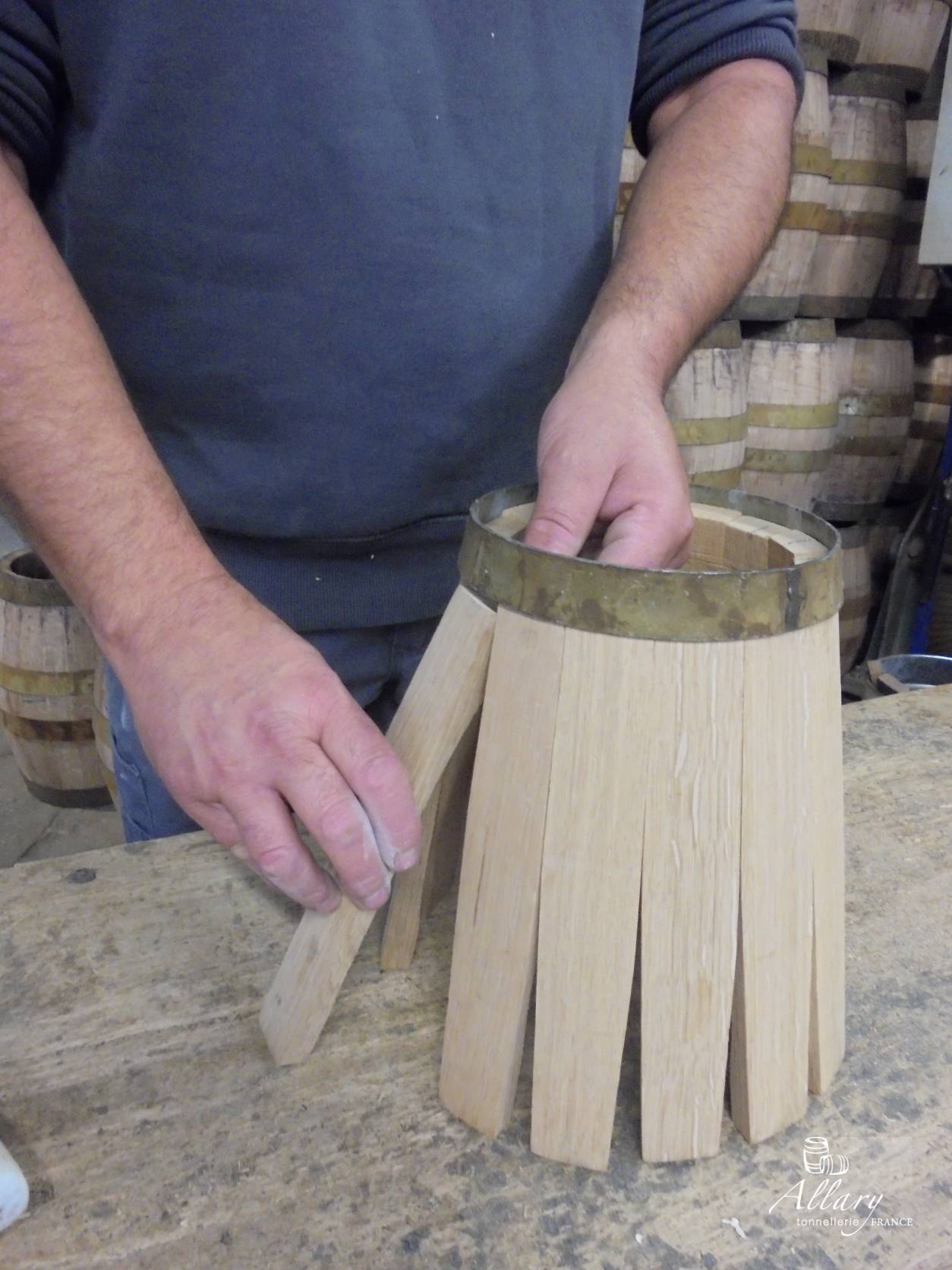
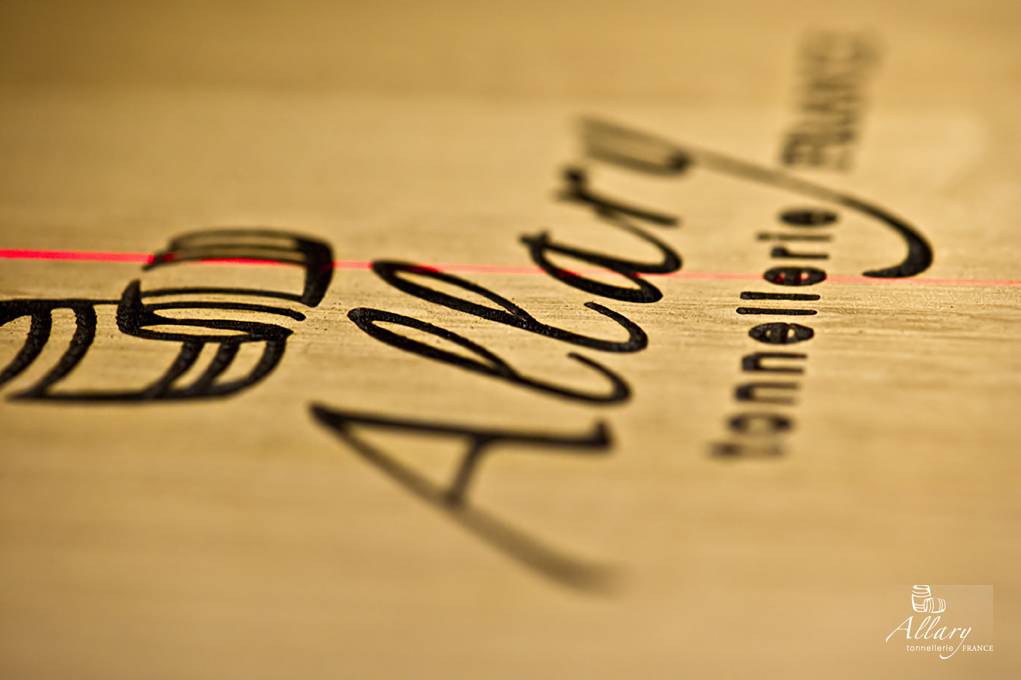
Could you contact me, I am looking for a huge barrel to convert it into?
Hello Beatrice,
We do not sell huge barrels but only small barrels for home aging of a few liters.
I recommend that you contact Tonnellerie Allary directly. They may be able to answer your request.
Happy searching!
Hello, I am looking to do training in this field (cpf) (a few days) so that I can make my own barrels.
Good morning,
we advise you to contact either Allary (do an internship with them?) or the CIDS spirits university in Segonzac, they have plenty of training courses of all types